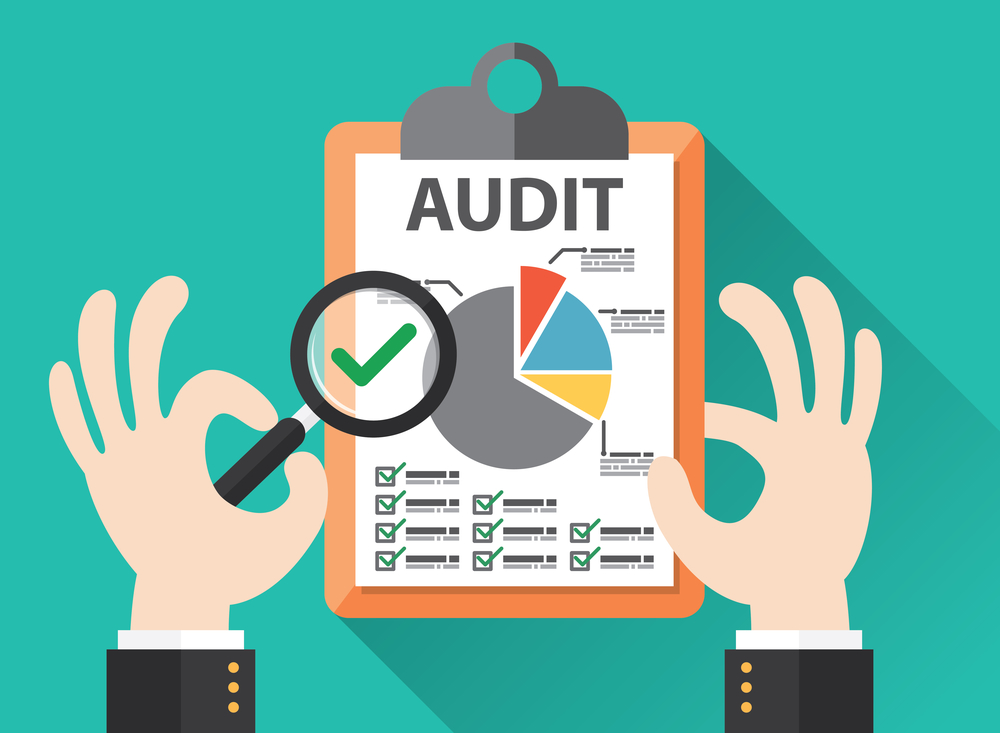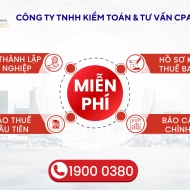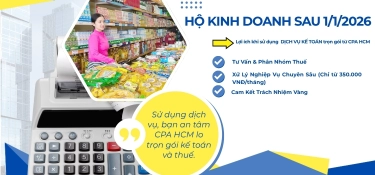AUDIT PROCEDURE FOR ACCOUNTS PAYABLE SECTION
Aims to ensure that short-term and long-term payables to suppliers are current and within the enterprise's payment obligations; has been recorded accurately and completely; evaluated and presented in accordance with the applicable financial reporting framework.
TARGET
Ensure short-term and long-term payables to suppliers are current and within the enterprise's payment obligations; has been recorded accurately and completely; evaluated and presented in accordance with the applicable financial reporting framework.

- General procedures.
- Check that the applied accounting policies are consistent with the previous year and consistent with the applicable framework for preparing and presenting financial statements.
- Prepare a summary data table to compare with the balance at the end of the previous year. Compare the balances on the summary data table with the PSDS, general ledgers, detailed books, etc. and working papers of the previous year's auditor (if any).
- Analytical procedures.
- Compare and analyze changes in balances payable to suppliers this year compared to last year, as well as the proportion of balances payable to suppliers in total short-term and long-term debt to detect unusual fluctuations and evaluate The price is calculated in accordance with changes in business activities of the enterprise.
2 Compare the average number of payment days (Payables to sellers/Cost of goods sold x number of days in the period) of this period with the previous period. Review and explain unusual fluctuations.
III. Check the details
- Collect a detailed summary of payables and prepayments by each supplier.
- Scan the ledger to identify unusual transactions (content, value, counterpart accounts, etc.). Find out the cause and perform corresponding inspection procedures (if necessary).
- Procedures for auditing opening balances.
- Prepare and send TXN of payable balances and prepayments to suppliers.
- In case TXN has no response.
- In case the unit does not allow KTV to send TXN.
- Check prepayments to suppliers.
- Look for unrecorded debts.
- Check debt clearing operations.
- For suppliers who are related parties.
- For transactions and balances denominated in foreign currency.
- Liabilities.
- Check the classification and presentation of payables to suppliers on the financial statements.
Check to see if there are overdue debts, interview customers about overdue debt issues. Check the presentation of overdue debt on the financial statements.
Tin cùng chuyên mục
GIẢI PHÁP KẾ TOÁN TRỌN GÓI TỪ CPA HCM GIÚP HỘ KINH DOANH AN TÂM TRƯỚC NGHỊ QUYẾT MỚI
ĐIỀU KIỆN HƯỞNG ƯU ĐÃI THUẾ THU NHẬP DOANH NGHIỆP 2025: DOANH NGHIỆP CẦN LƯU Ý GÌ?
TRẢI NGHIỆM ĐỊNH HƯỚNG NGHỀ NGHIỆP: Sinh Viên Văn Hiến "Thực Chiến" Cùng CPA HCM
CÔNG TY MỚI THÀNH LẬP 2025 CÓ ĐƯỢC MIỄN THUẾ KHÔNG
ĐẦU TƯ CHO TƯƠNG LAI NGHỀ NGHIỆP: CPA HCM CAM KẾT VÀ ĐỒNG HÀNH CÙNG SINH VIÊN KẾ KIỂM 2025-2026
TRAO HỌC BỔNG- MỞ LỐI NGHỀ NGHIỆP: CPA HCM VÀ CAO ĐẲNG KINH TẾ TP.HCM (HCE) CHUNG TAY THÚC ĐẨY MÔ HÌNH ĐÀO TẠO KÉP
Khóa học kế toán online tại CPA HCM ACADEMY – sự lựa chọn hoàn hảo cho người học kế toán thực tế

















